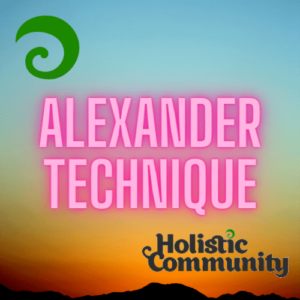 Alexander Technique, therapy in complementary medicine that proponents claim improves health by teaching people to move, sit, and stand more efficiently. It is designed to release unnecessary muscle tensions in order to eliminate or reduce the severity of a wide range of disorders including back pain, asthma, repetitive strain injury (RSI), and stuttering. Training in the technique is normally carried out in one-to-one sessions with a qualified teacher.
Alexander Technique, therapy in complementary medicine that proponents claim improves health by teaching people to move, sit, and stand more efficiently. It is designed to release unnecessary muscle tensions in order to eliminate or reduce the severity of a wide range of disorders including back pain, asthma, repetitive strain injury (RSI), and stuttering. Training in the technique is normally carried out in one-to-one sessions with a qualified teacher.
Alexander Technique – New Body Balance
The sessions are designed to change movement habits in everyday activities, and teaches the use of the appropriate amount of effort for a particular activity. It argues that tension patterns that interfere with the natural easiness, balance, support, and freedom of movement are learnt after the age of three or four years. These tension patterns of “slumping” become habitual and eventually seem normal. The release of tension strives to create a new balance in the body, and can be applied to sitting, lying down, standing, walking, and lifting.
The technique was developed in the 1890s as a method of vocal training for singers and actors by Frederick Alexander, an Australian actor who began his career as a Shakespearean orator. After developing chronic laryngitis while performing, he became determined to restore the full use of his voice. He watched himself carefully while speaking, and observed that undue muscular tension accounted for his vocal problem. He thus devised a simple training method to eradicate the problem.
Believing that breathing and vocalization are part of how the body functions as a whole, Alexander gradually developed this simple method of vocal training into a method of breathing re-education, which then evolved into a comprehensive technique of psychophysical re-education.
